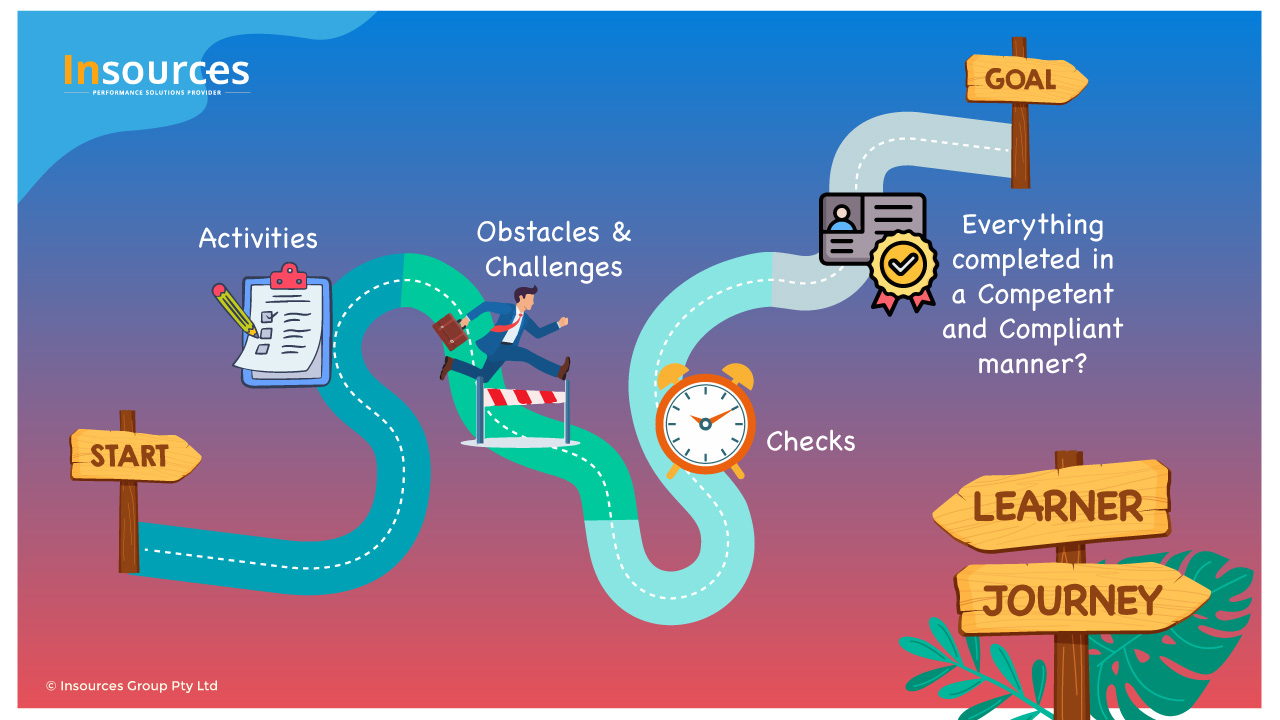Regulatory requirements for training organisations have been under constant review and change for more than two decades, and we are once again immersed in another regulatory transformation of compliance principles, roles, expectations and values.
Charles Darwin concluded in the eighteen hundreds that, “it is not the strongest or the most intelligent who will survive but those who can best manage change”. I do recognise the remarkable capacity that most training providers have demonstrated to adapt to constant changes in compliance. But have we evolved, or are we just jumping through the survivors’ hoops?
Today, many RTO managers see compliance as an expensive add-on, marginalised, seen as a barrier to a successful business. This must change!
The critical value of ASQA’s new focus on RTO’s self-assurance is not the idea of building a partnership for the self-preservation or self-enhancement of the current system. The deliverables of compliance are the critical value to individual learners, industry, and the wider economy and society.
It is no longer acceptable for RTOs, or credible for the VET sector, to hide behind ticking boxes or a well organised pile of paperwork. Self-assurance requires capacity, capabilities, resources and accountability. The wider economy and society require a new level of professional maturity from RTOs and regulators. That is what this reform is all about.
We are witnessing the first signs of a shared journey in which both the regulator and RTOs must invest in developing capabilities, research and establishing new joint approaches and infrastructures to support, not only compliance, but also the outcomes of compliance.
ASQA has established new communication channels with RTOs and other relevant stakeholders and has engaged with the regulated community in new fruitful discussions and forums.
Common messages delivered in most of those interactions are:
- Willingness to work with RTOs
- Importance of sharing information about compliance risks for the sector and their consequences for the wider society
- Importance to develop a common understanding on what quality training outcomes look like.
The VET reform opens another opportunity for the partnership between compliance and regulation.
Reflecting on Darwin’s conclusions: How can RTOs adapt to the rapid pace of the VET reform changes, and current ASQA’s regulatory approach? The answer is, by:
- Demonstrating commitment with the outcomes of regulatory compliance
- Having the resources and the capabilities to support quality education and training outcomes
- Developing the capabilities to manage regulatory compliance (maintain compliance, detect deficiencies, manage consequences of deficiencies, and manage continuous improvement).
Insources Group’s training and information programs, such as the Compliance Webinar week, are designed to support RTOs and other stakeholders’ professional development on quality vocational education and training outcomes, VET compliance management, RTO risk management and governance.
Regulation and compliance are not ends in themselves. This self-delusion is dangerous; ASQA’s approaches to compliance can’t take RTOs away from their own roles and the implications of their actions. Working together for a better regulation means having a shared answer to the question: Why do we do what we do?




